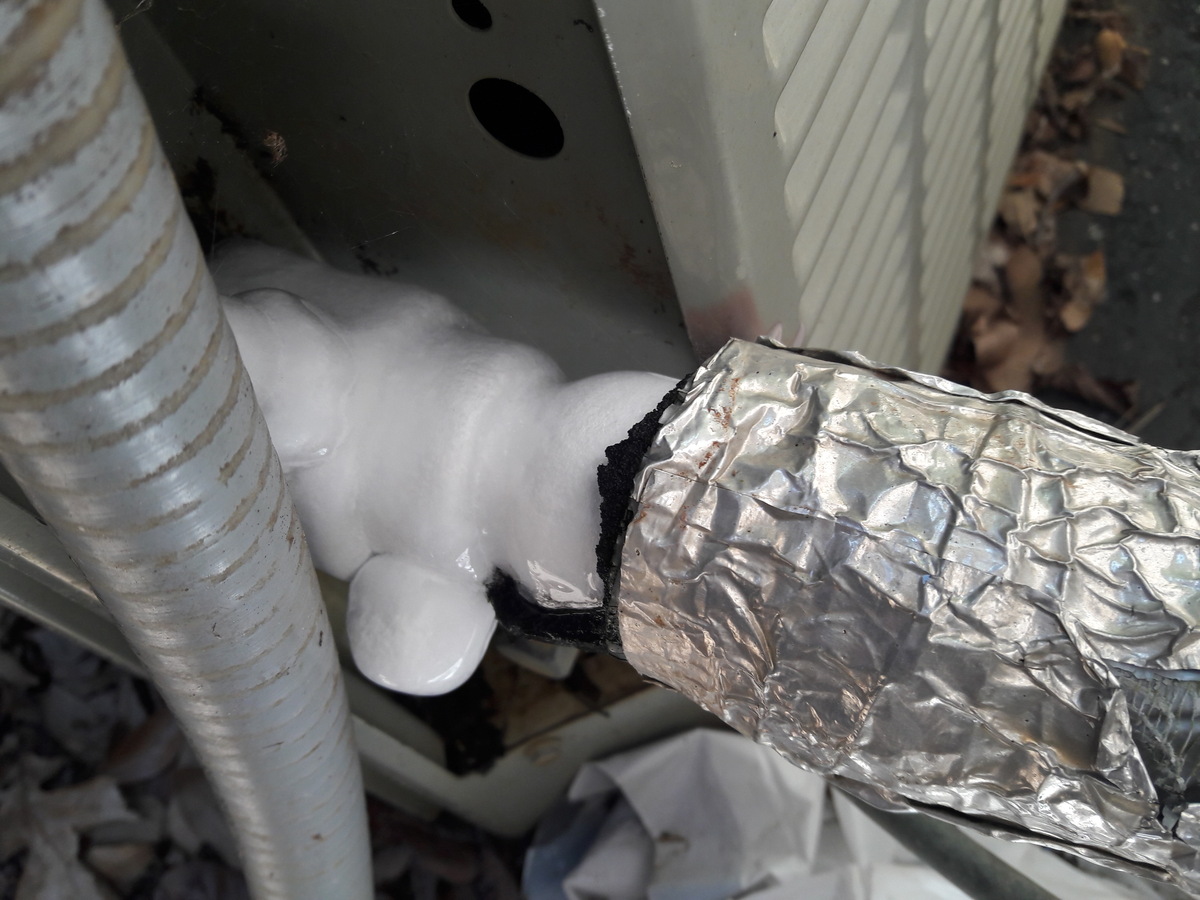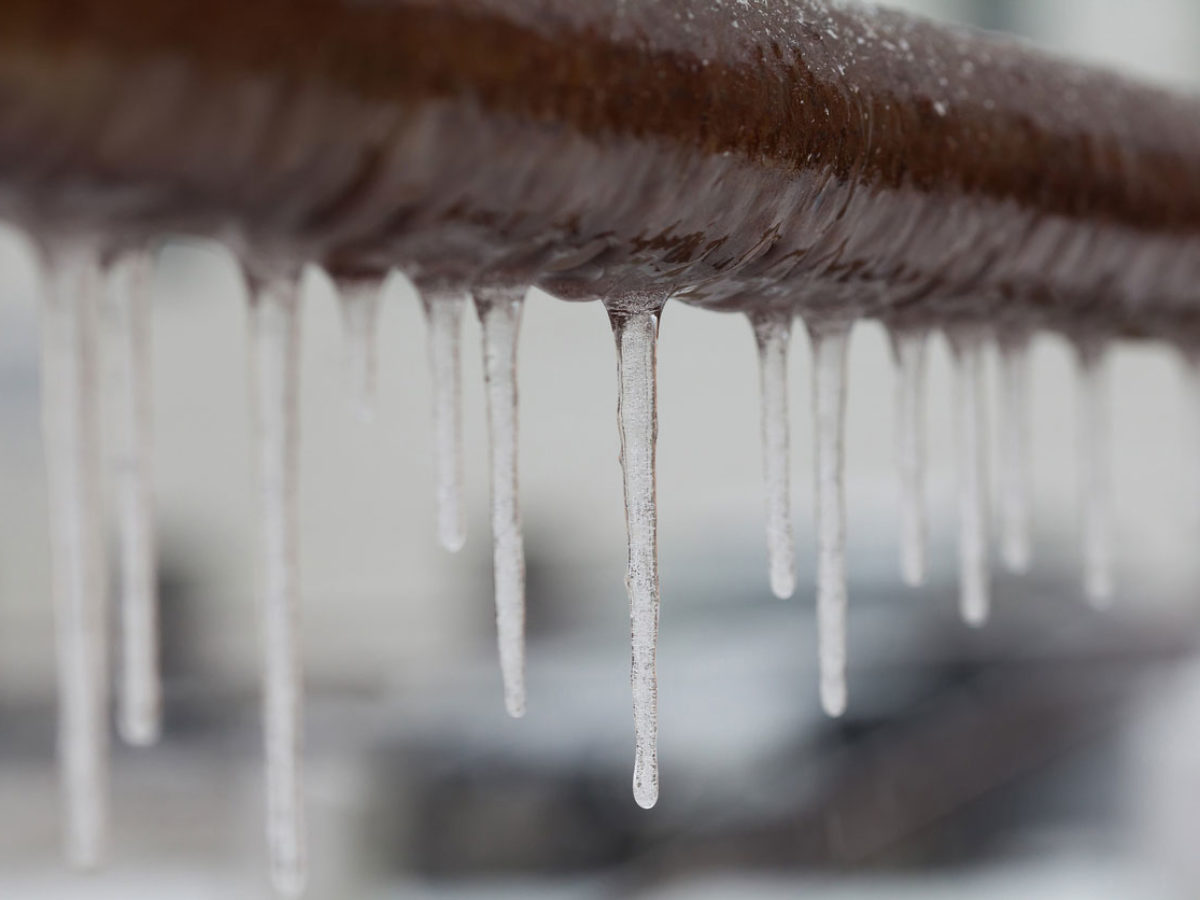How to Handle a Frozen AC Pipe: Specialist Tips
How to Handle a Frozen AC Pipe: Specialist Tips
Blog Article
Were you interested in content What Do I Do If My AC Pipe Is Frozen?

Intro
Uncovering that your air conditioner pipeline is frozen can be worrying, specifically throughout hot summertime when you rely on your air conditioning unit one of the most. Comprehending what to do in such a circumstance is vital to stop additional damage to your cooling system and guarantee your comfort indoors.
Understanding the Causes
A number of variables can add to the freezing of an air conditioner pipeline. Recognizing these causes can help you resolve the problem effectively.
Lack of Airflow
One typical cause of an icy a/c pipe is inadequate air flow. When the airflow over the evaporator coil is limited, it can create the coil to drop below freezing temperature, bring about ice development on the pipeline.
Reduced Refrigerant Levels
Not enough cooling agent levels in your air conditioning system can likewise result in an icy pipe. Reduced refrigerant degrees can trigger the stress in the system to drop, leading to the cold of moisture on the evaporator coil.
Winter Conditions
In colder climates, freezing temperature levels outside can contribute to the cold of AC pipes. If your air conditioner unit is not appropriately shielded or if there are leaks in the ductwork, chilly air can penetrate the system, creating the pipe to freeze.
Dirty Air Filters
Unclean or clogged air filters can restrict airflow in your air conditioner system, bring about various concerns, consisting of an icy pipeline. It's essential to change or clean your air filterings system consistently to make sure proper airflow and stop ice buildup.
Signs of a Frozen AC Pipe
Recognizing the indicators of an icy air conditioner pipeline is important for timely action.
Decreased Airflow
If you observe a considerable reduction in airflow from your vents, it could show an icy pipe.
Ice Buildup on the Pipe
Visible ice build-up on the cooling agent line or the evaporator coil is a clear indicator of a frozen air conditioner pipeline.
Unusual Sounds from the Unit
Unusual audios, such as hissing or bubbling, originating from your air conditioner system can indicate that there's ice existing on the pipe.
Immediate Actions to Take
When faced with an icy air conditioner pipeline, it's necessary to act swiftly to avoid further damage to your cooling system.
Switching off the AC
The primary step is to switch off your ac system to prevent the system from running and aggravating the issue.
Checking for Blockages
Evaluate the area around the indoor device for any kind of blockages that may be blocking air movement, such as furnishings or drapes.
Thawing the Pipe
You can make use of mild approaches like placing towels taken in warm water around the icy pipeline to help thaw it gradually.
Safety nets
Taking safety nets can help stay clear of future events of a frozen air conditioner pipeline.
When DIY Methods Fail
If your efforts to thaw the pipeline or address other concerns are not successful, it's time to call in an expert.
Importance of Hiring a Professional HVAC Technician
A licensed HVAC service technician has the expertise and devices required to detect and repair problems with your AC system safely and effectively.
Regular Maintenance Checks
Arrange routine upkeep checks with an expert HVAC specialist to make certain that your air conditioning system is running successfully.
Altering Air Filters
Regularly replace or clean your air filters to prevent air movement limitations and preserve optimum performance.
Protecting Exposed Pipes
If your a/c pipelines are exposed to cold temperature levels, consider insulating them to stop cold throughout winter months.
Looking For Professional Help
If DIY methods fail to resolve the issue or if you're unsure about just how to continue, it's ideal to seek aid from a certified HVAC professional.
Conclusion
Handling an icy air conditioning pipeline can be an aggravating experience, yet knowing exactly how to react can assist reduce damages and recover convenience to your home. By comprehending the reasons, recognizing the indications, and taking punctual activity, you can efficiently resolve the issue and prevent future occurrences.
What to Do If Your AC Line Is Frozen
Make Sure All Supply and Return Air Vents Are Open
If you notice problems with airflow, the first thing you should do is check your supply and return vents. Supply vents distribute clean, conditioned air throughout your home. As this air becomes stale, it’s pulled into the return vent, where it’s reconditioned before being sent back out through the supply vent.
When these vents are closed, air won’t flow in the home. Before examining your AC, check the vents in every room and ensure they’re all open.
Check for a Dirty Air Filter
Another possible cause of limited airflow is a dirty air filter. Your air conditioner’s filters catch elements you don’t want to breathe in, such as dirt and dust. Over time, filters can become clogged, ultimately blocking air from flowing in and out. The lack of airflow can then cause the entire coil to freeze and will completely restrict any air from moving through it. The AC may need to be powered off for one to two days to allow the coil to thaw after replacing the filter to allow proper functioning of the unit. This debris can also accumulate on your AC’s evaporator coil, requiring a more serious repair. In general, air filters should be cleaned regularly (about every two weeks).
Assess Your Outdoor Unit
In addition to checking your AC, assessing the outdoor unit is a good idea. Also known as the condensing unit, it works with your interior unit to release heat outside. An issue with the outdoor unit can result in rising internal temperatures.
Overgrown Shrubs or Clogged Leaves
From leaves and twigs to shrubs and debris, there’s no shortage of outdoor elements that can accumulate around your condensing unit. When these elements get lodged inside the unit, they can block airflow. Fortunately, removing the blockage can solve the problem.
Sounds of a Broken Fan
Shrubs and leaves aren’t the only things that can impede your outdoor unit’s airflow. If the fan is broken, the unit won’t be able to properly get rid of heat — which means the internal temperature won’t go down. First, make sure the fan is spinning. If it is, check for the following sounds of a broken fan:
Buzzing Rattling Screeching Hissing Clicking Preventative Measures
Nobody wants to deal with a frozen AC line. In addition to causing problems with your air conditioner, they require professional repairs. On the bright side, there are preventative measures you can take to help ensure this issue doesn’t arise in the first place.
https://www.coopergreenteam.com/blog/what-to-do-if-ac-line-frozen

I'm certainly very occupied with Why Is Ice On My Outside Air Conditione and I hope you enjoyed reading the entire entry. Are you aware of anybody else who is inquisitive about Have a Frozen AC Line? Here’s How to Fix It? Take a moment to promote it. Many thanks for your time. Visit us again soon.
Click Here Report this page